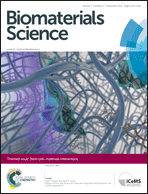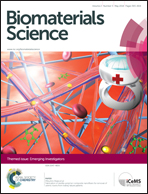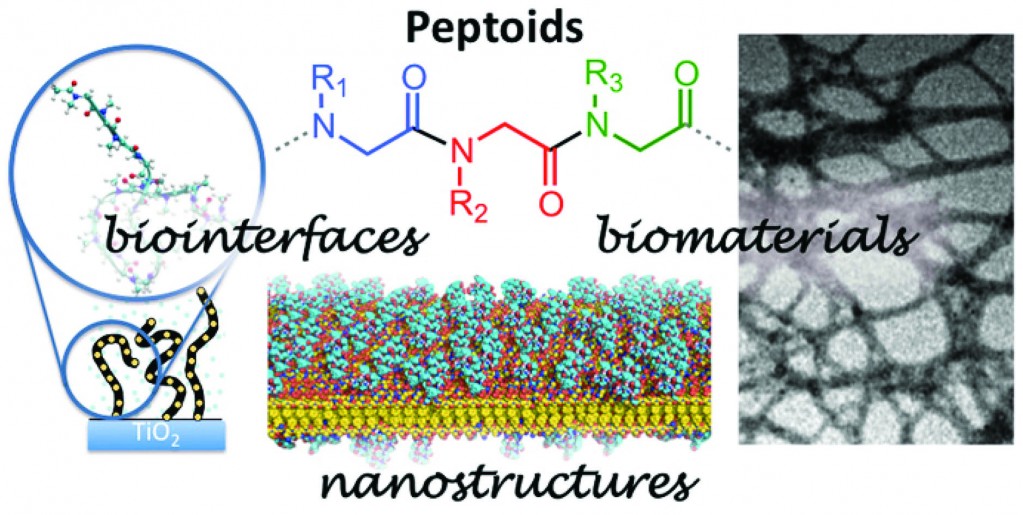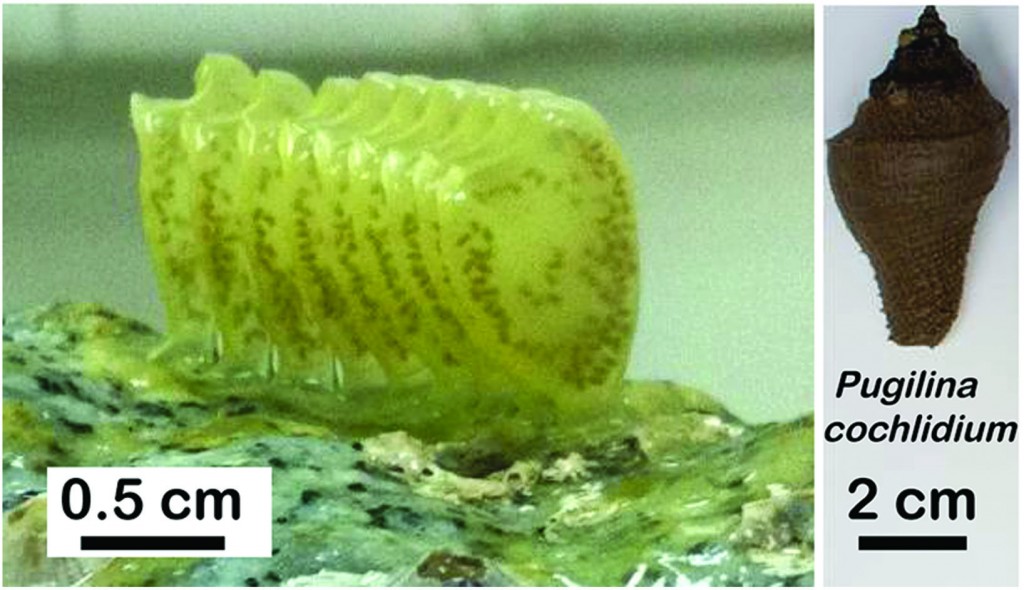
Stem cells have an enormous potential in regenerative medicine and drug discovery but the development of stem cell based therapies and models in these fields has been slow. This is largely due to the difficulty of maintaining functional stem cells in a culture dish or controlling their directed differentiation. Naturally, stem cells reside in highly complex microenvironments (termed ‘niches’) that regulate their behavior.
This themed issue focuses on emerging efforts to engineer these niches to better control and probe stem cell fate in culture and in vivo, including the development of new biomaterials, the better understanding of stem cell and biomaterial interfaces, and the implementation of biomaterials and bioreactors together.
Take a look at these themed issue highlights:
Nanotopography – potential relevance in the stem cell niche Lesley-Anne Turner and Matthew J. Dalby
Biophysical regulation of hematopoietic stem cells C. Lee-Thedieck and J. P. Spatz
Stem cell culture using cell-derived substrates Binata Joddar, Takashi Hoshiba, Guoping Chen and Yoshihiro Ito
Chemically diverse polymer microarrays and high throughput surface characterisation: a method for discovery of materials for stem cell culture A. D. Celiz, J. G. W. Smith, A. K. Patel, R. Langer, D. G. Anderson, D. A. Barrett, L. E. Young, M. C. Davies, C. Denning and M. R. Alexander
Dual-stage growth factor release within 3D protein-engineered hydrogel niches promotes adipogenesis Midori Greenwood-Goodwin, Eric S. Teasley and Sarah C. Heilshorn
Artificial microniches for probing mesenchymal stem cell fate in 3DYujie Ma, Martin P. Neubauer, Julian Thiele, Andreas Fery and W. T. S. Huck













